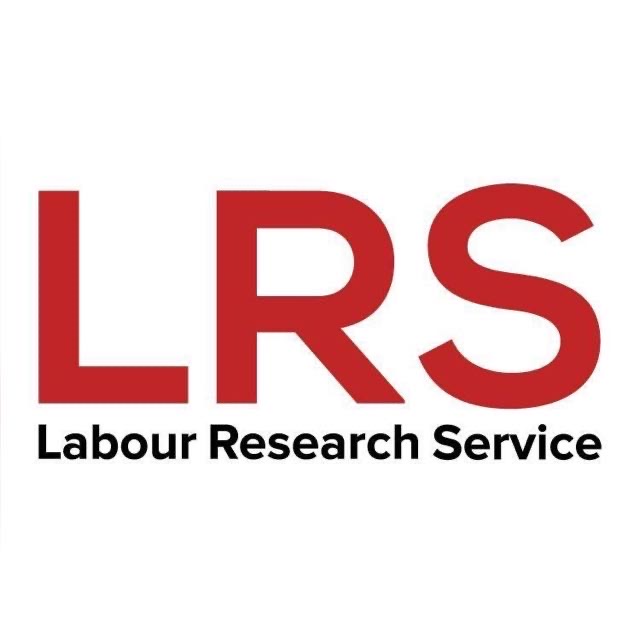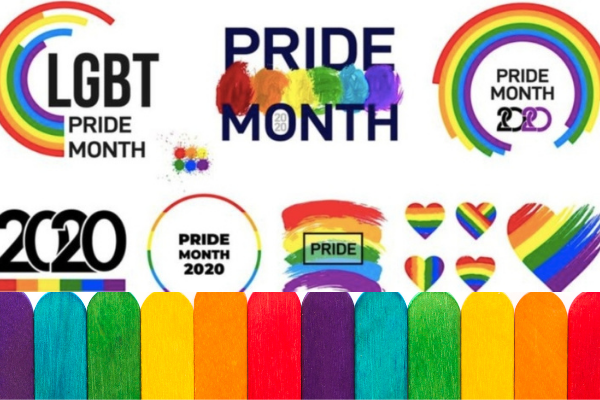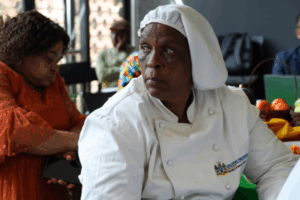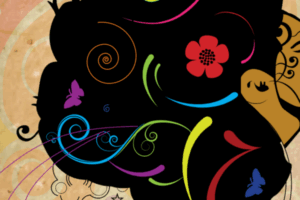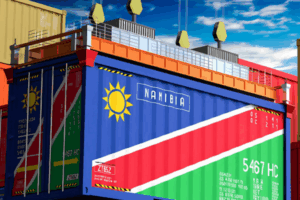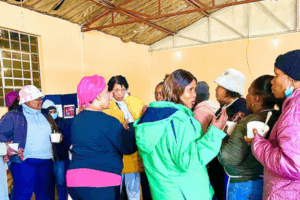What it is
The month of June is dedicated to celebrating Lesbian, Gay, Bisexual, and Transgender (LGBT) communities in the US and globally. People come together to show how far gay rights have come and to talk about the work that still has to be done.
Lots of LGBT parades and marches happen during the month. But with the measures to curb the spread of the coronavirus in place, many events (including the largest pride event in Africa, Johannesburg Pride) have been cancelled, postponed or moved online to keep people connected.
Global Pride, the first-ever worldwide online gathering of the LGBT+ community is one of the responses to the international covid-19 pandemic and is scheduled for June 27. The event will stream live social and cultural programming by various LGBT groups around the world. President of Costa Rica and Prime Ministers of Norway and Luxembourg and Prince Manvendra Singh Gohil of India will address the over 300 million viewers expected to watch the live streaming of the Global Pride event. Here’s a comprehensive list of LGBT digital pride events. The events will put the issues affecting the gay community under the spotlight, as well as offer teachings on the pride history and pushing for more inclusive and tolerant societies. People outside the LGBT community can attend pride events to show support and to learn.
How it started
The Stonewall riots in June 1969 in the US helped to spark Pride, the global movement for equal rights for LGBTI people globally. On 28 June, police officers from New York City’s public morals squad raided the Stonewall Inn, a gay bar in New York. Three days of rioting followed after tensions escalated rapidly, with the gay community feeling fed up after years of enduring homophobia and harassment by the authorities. The riots sprang gay rights movements and campaigns modelled after the civil rights and women’s rights movement. The area around Stonewall Inn was designated a national monument to LGBTQ rights by former US President Barack Obama.
The origins of the rainbow flag
The pride rainbow flag originated in San Francisco, in the US in 1978. Artist and designer, Gilbert Baker, made the flag for San Francisco City’s Pride celebrations. Baker, a prominent gay rights activist, drew inspiration from the American flag and the rainbow to reflect the different groups of people within the LGBT community.
Pride parades in South Africa
For the last three decades, the LGBT community across South Africa has held parades to celebrate LGBT pride. The parades initially focused on issues such as legal discrimination against LGBT people, but are now also used for advocacy against LGBT hate crimes and to remember survivors and victims.
800 people attended the first-ever pride parade in South Africa (and the continent) on 13 October 1990. The event held in Johannesburg was organised by the Gay and Lesbian Organisation of the Witwatersrand, which was founded by anti-apartheid activist Simon Nkoli in 1988. In his speech, Nkoli said:
“I’m fighting for the abolition of apartheid. And I fight for the right of freedom of sexual orientation. These are inextricably linked with each other. I cannot be free as a black man if I am not free as a gay man.”
LGBT rights in South Africa
Despite South Africa’s progressive laws, discrimination and violence against people of diverse sexual orientation and gender identity are serious problems that exacerbate in crises such as the current covid-19.
Creating inclusive workplaces free of homophobia
Through the support of The Other Foundation, the LRS continues to work with trade unions to create safe and inclusive workplaces free of homophobia. Learn about our LGBT workplace rights project.

